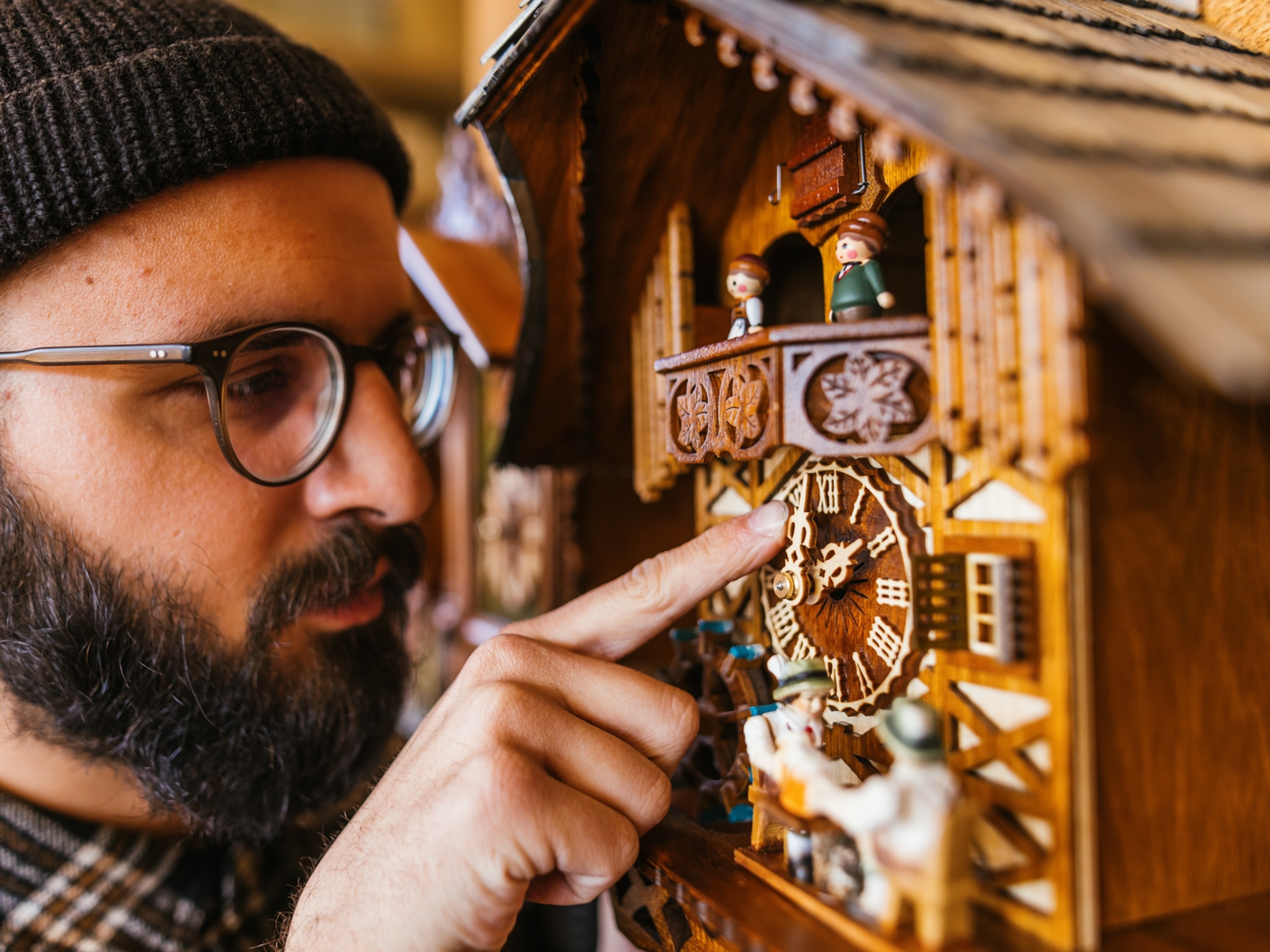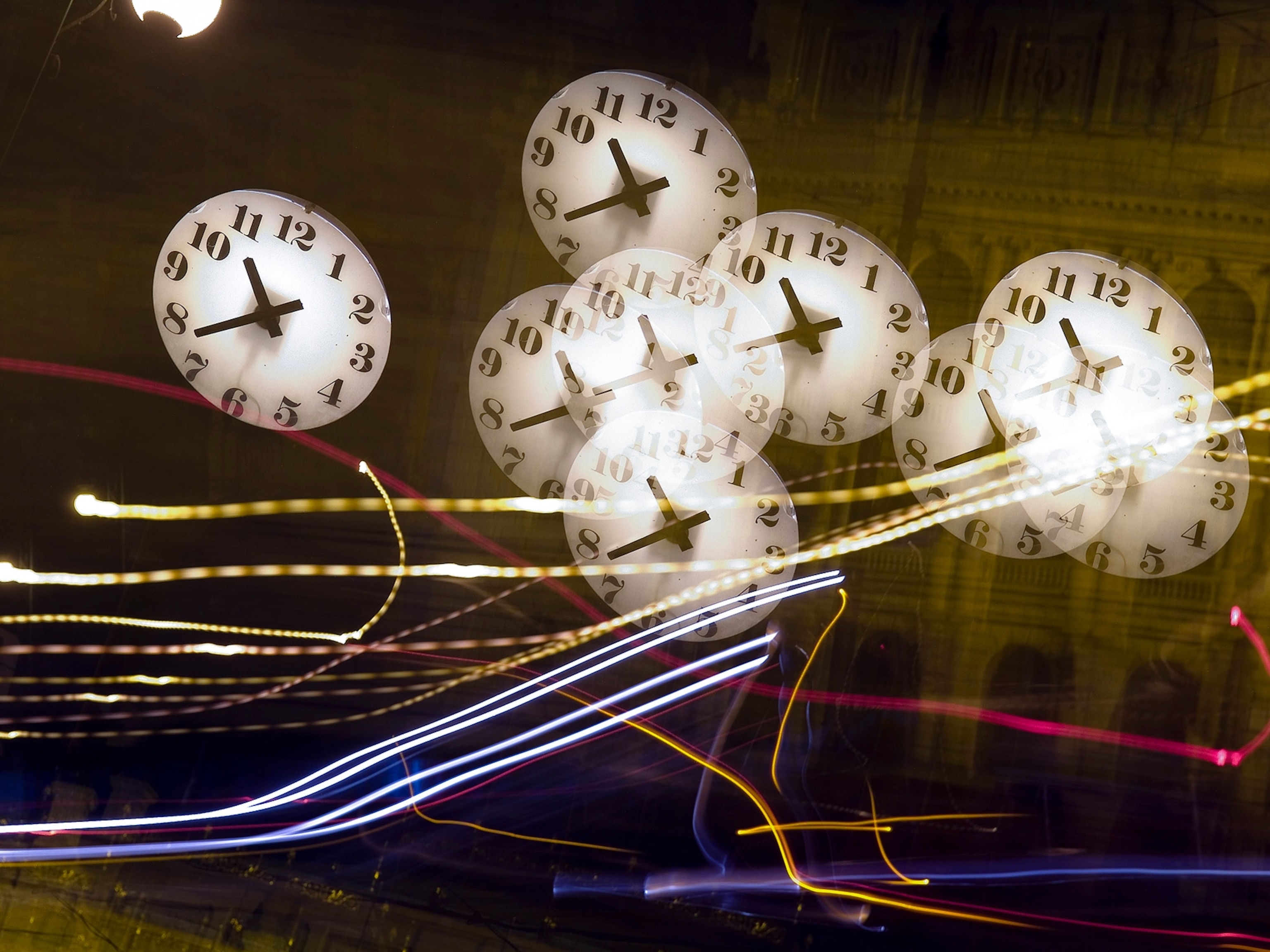
In Cuba, Echoes of the Past Resound for a Photographer From the Former Soviet Bloc
As my fingers flitted across the frayed edges of paper, I studied my past. Generations of my family have been preserved in picture form—but theirs was a story now threatened by oblivion, through time’s attrition and my grandmother’s Alzheimer’s.
Every time I visited Bulgaria, which had been my home until the age of 12, I sought out relatives—and I delved into their former lifetimes through their photographs. I often reimagined them without the motif of totalitarianism. There would be no forced smiles on those marching in unison at Labor Day parades nor children wearing the uniforms of communist youth, eager to belong but too young to understand the consequences. There would be none of the numbing isolation bred by restricted news and travel. And there certainly wouldn’t be the five years stolen from my grandfather’s youth by a communist labor camp.

In the fall of 2014, as I hunted for anecdotes lost through my grandmother’s deteriorating memory, a disturbing analogy revealed itself to me: the potential in contemporary, democratic Bulgaria for collective dementia about its past. The country housed both a generation too new for firsthand knowledge of political repression and an older one that yearned for the absence of crime and unemployment that a dictatorship once guaranteed.
In 1989, two and a half decades before my revelation, Eastern European communism had crumbled along with the Berlin Wall, opening Bulgaria’s borders to Western influence and emigration. The hopeful arrival of democracy created space for personal freedoms and a free market but also for myopic political nostalgia when it failed to deliver on rising joblessness, corruption, crime, and depopulation.

The idea of an amnesiac future so disconnected from its history awakened an urge to examine the effects of democracy and communism in my homeland—and to explore similar political geography.
Cuba, a communist time capsule, drew me in immediately. I observed life there as a native of the Soviet bloc, noticing the nuanced decorum of communism, the censure and control that are often masqueraded as people’s choice. Not looking for parallels but effortlessly tuned into them. Every subject I photographed—the child in a red scarf saluting voters, people protesting against political imprisonment despite beatings and detention, the aging families of those who’d fled—made me recall my youth and the pictures that preceded it.

Creating layers in photography is something that has attracted me throughout my career. They have an ability to intensify both style and meaning, whether through luck and journalistic reflex in a single image or through combining multiple frames. As a young photographer, I experimented by making political diptychs and later via digital double exposures—some with an aesthetic drive, others with a storytelling impetus. But a third entity came to life in Cuba, when I realized that the visual and sociopolitical parallels between present-day Cuba and pre-1989 Bulgaria were undeniable and best juxtaposed, one image layered on top of the other.

And so I attempted to bridge one country’s past to another country’s present, to show that political ideals, its profiteers and its victims, could remain unchanged by time or geography. And, above all, to ensure that some of those who cannot broadcast their ails are heard, whether a stranger in Cuba or my grandmother, who expired shortly after her memories did.

Both portions of this project—in Bulgaria and Cuba—were supported by The Pulitzer Center on Crisis Reporting.
See more of Yana Paskova’s work on her website and follow her on Instagram.
You May Also Like
Go Further
Animals
- This ‘saber-toothed’ salmon wasn’t quite what we thoughtThis ‘saber-toothed’ salmon wasn’t quite what we thought
- Why this rhino-zebra friendship makes perfect senseWhy this rhino-zebra friendship makes perfect sense
- When did bioluminescence evolve? It’s older than we thought.When did bioluminescence evolve? It’s older than we thought.
- Soy, skim … spider. Are any of these technically milk?Soy, skim … spider. Are any of these technically milk?
- This pristine piece of the Amazon shows nature’s resilienceThis pristine piece of the Amazon shows nature’s resilience
Environment
- This pristine piece of the Amazon shows nature’s resilienceThis pristine piece of the Amazon shows nature’s resilience
- Listen to 30 years of climate change transformed into haunting musicListen to 30 years of climate change transformed into haunting music
- This ancient society tried to stop El Niño—with child sacrificeThis ancient society tried to stop El Niño—with child sacrifice
- U.S. plans to clean its drinking water. What does that mean?U.S. plans to clean its drinking water. What does that mean?
History & Culture
- Meet the original members of the tortured poets departmentMeet the original members of the tortured poets department
- Séances at the White House? Why these first ladies turned to the occultSéances at the White House? Why these first ladies turned to the occult
- Gambling is everywhere now. When is that a problem?Gambling is everywhere now. When is that a problem?
- Beauty is pain—at least it was in 17th-century SpainBeauty is pain—at least it was in 17th-century Spain
- The real spies who inspired ‘The Ministry of Ungentlemanly Warfare’The real spies who inspired ‘The Ministry of Ungentlemanly Warfare’
Science
- Here's how astronomers found one of the rarest phenomenons in spaceHere's how astronomers found one of the rarest phenomenons in space
- Not an extrovert or introvert? There’s a word for that.Not an extrovert or introvert? There’s a word for that.
- NASA has a plan to clean up space junk—but is going green enough?NASA has a plan to clean up space junk—but is going green enough?
- Soy, skim … spider. Are any of these technically milk?Soy, skim … spider. Are any of these technically milk?
- Can aspirin help protect against colorectal cancers?Can aspirin help protect against colorectal cancers?
Travel
- What it's like to hike the Camino del Mayab in MexicoWhat it's like to hike the Camino del Mayab in Mexico
- Is this small English town Yorkshire's culinary capital?Is this small English town Yorkshire's culinary capital?
- This chef is taking Indian cuisine in a bold new directionThis chef is taking Indian cuisine in a bold new direction
- Follow in the footsteps of Robin Hood in Sherwood ForestFollow in the footsteps of Robin Hood in Sherwood Forest




